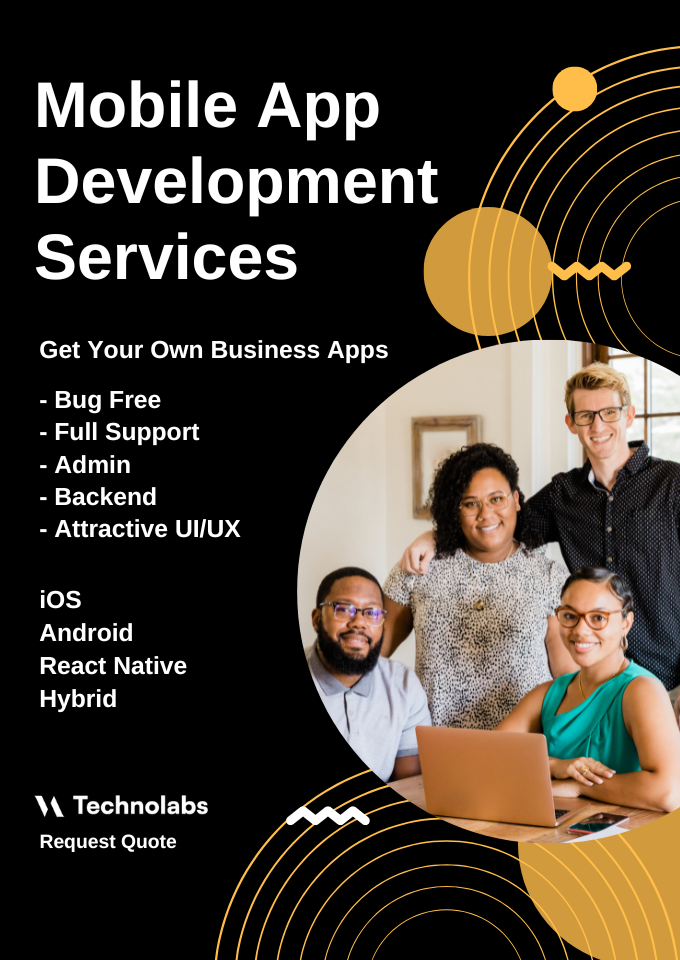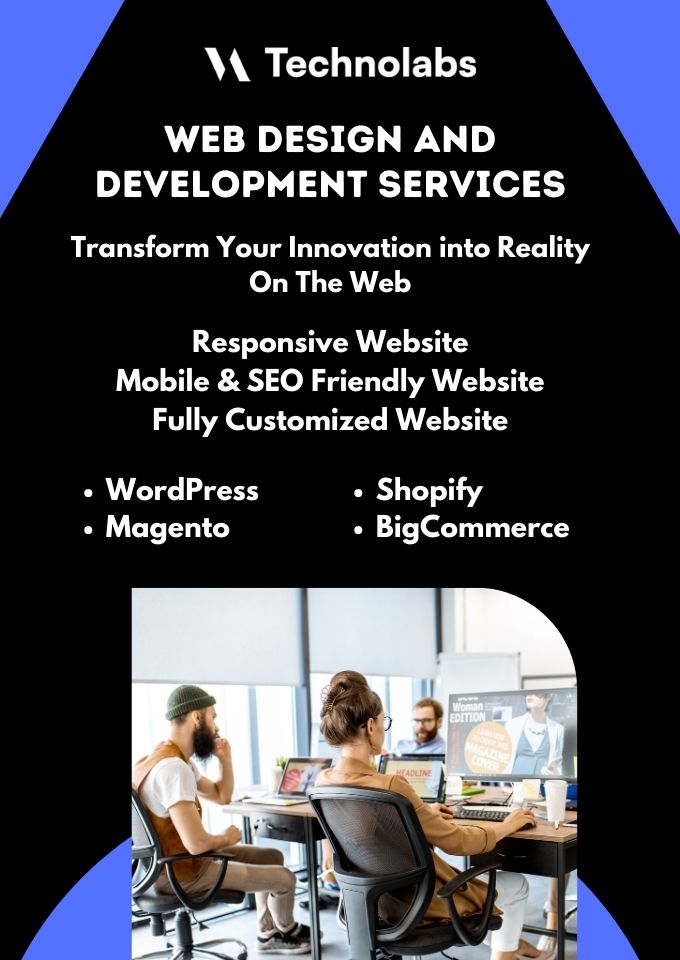Uber API Integration: Benefits & Usage for Food Delivery Apps

Uber API Integration: Benefits & Usage for Food Delivery Apps
In today’s fast-paced world, the food delivery industry has experienced a massive surge in demand, with customers seeking convenience and efficiency like never before. To meet these evolving needs, food delivery apps have become essential, offering a seamless experience for customers to order their favorite meals with just a few taps on their smartphones. However, in this highly competitive landscape, businesses must continuously innovate and explore new ways to enhance their offerings, and that’s where Uber API integration comes into play.
Uber’s API (Application Programming Interface) is a powerful tool that allows developers to integrate various Uber services into their applications, including its widely popular ride-sharing service and, more recently, its delivery services. By integrating the Uber API into a food delivery app, businesses can leverage Uber’s extensive network of drivers and delivery partners, enabling them to streamline their operations and provide customers with an unparalleled delivery experience.
In this article, we’ll explore the benefits of integrating the Uber API into a food delivery app and delve into its practical usage, highlighting real-world examples and best practices.
Benefits of Uber API Integration for Food Delivery Apps
1. Expanded Delivery Capabilities:
One of the most compelling benefits of integrating the Uber API is the substantial expansion of delivery capabilities. By tapping into Uber’s extensive network of delivery partners, food delivery apps can transcend geographical limitations, reaching a broader customer base. This expanded reach ensures that food businesses can cater to a diverse audience, making their services more accessible and inclusive.
2. Improved Delivery Efficiency:
Uber’s sophisticated logistics and routing algorithms are renowned for their efficiency. Integrating the Uber API empowers food delivery apps to leverage these algorithms, optimizing delivery routes and reducing travel times. The result is a significant improvement in delivery efficiency, translating to faster order fulfillment and heightened customer satisfaction. This efficiency gain becomes a competitive advantage, setting the integrated app apart in the crowded food delivery landscape.
3. Real-Time Tracking and Transparency:
The integration of the Uber API introduces a new level of transparency into the food delivery process. Real-time tracking capabilities allow customers to monitor the progress of their orders in real-time, from the moment they are dispatched to the point of delivery. This not only enhances the overall customer experience but also fosters trust and confidence in the food delivery service. The ability to track orders in real-time provides customers with a sense of control and certainty regarding their deliveries.
4. Seamless Integration:
Uber’s API is designed with a focus on seamless integration, allowing it to effortlessly integrate into various applications. This inherent compatibility ensures a smooth and efficient implementation process for food delivery apps. By integrating the Uber API seamlessly, these apps can concentrate on refining their core offerings and user interfaces without the need for extensive technical adjustments. This streamlined integration process minimizes disruptions and accelerates the time-to-market for enhanced services.
5. Cost Optimization:
Collaborating with Uber through API integration presents opportunities for significant cost optimization. By tapping into Uber’s extensive network of drivers and delivery partners, food delivery apps can optimize their delivery costs. This optimization can manifest in more competitive pricing for customers, making the service more attractive, or in improved profit margins for the business. The collaborative ecosystem created by Uber API integration allows for a more efficient allocation of resources, benefiting both the food delivery app and its users.
Usage and Implementation of Uber API in Food Delivery Apps
Integrating the Uber API into a food delivery app typically involves several key steps and considerations:
1. Authentication and Authorization
Before diving into integration, ensure your app is authenticated and authorized to access Uber’s services. This involves obtaining essential credentials, such as API keys and access tokens, through the Uber Developer Portal. Proper authentication is the foundation for a secure and successful integration.
2. Rider and Delivery APIs
Uber provides two main APIs relevant to food delivery apps: the Rider API and the Delivery API. While the Rider API is focused on ride-sharing services, the Delivery API takes center stage for food delivery apps. This API facilitates the creation of delivery requests, assignment of delivery providers, and real-time tracking of order status.
3. Order Management and Dispatch
Integrate the Uber Delivery API into your app’s order management system. When a customer places an order, your app can automatically generate a delivery request via the Uber API. This request includes crucial details like pickup and drop-off locations, ensuring a seamless handoff to the delivery provider.
4. Real-Time Tracking and Updates
Leverage the real-time tracking capabilities of the Uber API to keep customers informed. Provide up-to-the-minute updates on order status, estimated arrival times, and the current location of the delivery provider. This transparency enhances the customer experience and builds trust.
5. Customization and Branding
Tailor the delivery experience to match your app’s branding and unique requirements. The Uber API offers customization options, allowing you to define the appearance of delivery providers, set vehicle preferences, and configure personalized notifications and alerts.
6. Reporting and Analytics
Harness the reporting and analytics features of the Uber API to gain valuable insights. Monitor delivery performance, analyze customer satisfaction, and track key metrics. This data-driven approach empowers you to identify areas for improvement, optimize operations, and make informed decisions.
Real-World Examples and Best Practices
Several prominent food delivery apps have successfully integrated the Uber API into their platforms, demonstrating the practical applications and benefits of this integration.
Uber Eats: Uber’s own food delivery service, Uber Eats, leverages the company’s extensive network of delivery partners and logistics capabilities to provide fast and efficient food delivery services. By integrating the Uber API directly into their platform, Uber Eats can offer customers real-time tracking, transparent pricing, and a seamless delivery experience.
DoorDash: DoorDash, a leading food delivery app in the United States, has partnered with Uber to offer expanded delivery options to its customers. Through this integration, DoorDash can leverage Uber’s delivery network to meet surges in demand and ensure timely deliveries, especially in areas where DoorDash’s own delivery fleet may be limited.
Postmates: Postmates, known for its wide range of delivery services, including food delivery, has also integrated the Uber API into its platform. This integration allows Postmates to tap into Uber’s vast network of delivery partners, enabling them to scale their operations and meet the increasing demand for their services.
Challenges and Considerations
While Uber API integration offers a plethora of benefits for food delivery apps, it is not without its challenges. Developers and businesses should carefully consider the following factors during the integration process:
1. Security and Privacy
Integrating with external APIs introduces security and privacy considerations. Developers must implement robust security measures to protect user data, authentication credentials, and sensitive information exchanged between the food delivery app and the Uber API.
2. Regulatory Compliance
The food delivery industry is subject to various regulations and compliance requirements. Businesses must ensure that their integration with the Uber API adheres to local, regional, and national regulations governing data protection, user privacy, and transportation services.
3. User Experience Consistency
Maintaining a consistent and seamless user experience is crucial when integrating external services. Developers should strive to create a unified interface that seamlessly combines the features of the food delivery app and the Uber API. Inconsistencies or disruptions in the user experience can lead to dissatisfaction and user abandonment.
4. Technical Compatibility
Food delivery apps often operate on diverse technology stacks. Ensuring that the Uber API integration is technically compatible with the existing infrastructure and platforms is essential. Developers may need to address challenges related to data formats, communication protocols, and platform-specific requirements.
5. API Versioning and Updates
APIs are subject to updates and version changes over time. Developers must stay informed about changes to the Uber API and promptly update their integration to align with new features or improvements. Failure to stay current with API versions can result in compatibility issues and service disruptions.
6. Cost Considerations
While the benefits of Uber API integration are substantial, businesses should carefully consider the associated costs. This includes any licensing fees, transaction fees, or other expenses related to the use of the Uber API. A thorough cost-benefit analysis should be conducted to ensure that the integration aligns with the business’s financial objectives.
Future Trends and Innovations
As technology continues to advance, the landscape of food delivery and API integration is poised for further innovation. Several trends and developments are likely to shape the future of Uber API integration in food delivery apps:
1. Integration with Autonomous Vehicles
The advent of autonomous vehicles presents an exciting opportunity for food delivery apps. Uber, being at the forefront of autonomous vehicle development, may offer API integrations that allow food delivery platforms to tap into this emerging technology. Integrating with autonomous vehicles could further optimize delivery routes and reduce operational costs.
2. Enhanced Personalization
Future integrations may focus on leveraging data analytics and machine learning to enhance personalization. By analyzing user preferences, order history, and location data, food delivery apps could provide more tailored recommendations and experiences. Uber API integration may evolve to include features that enable personalized promotions and offerings.
3. Sustainability and Green Delivery
With a growing emphasis on sustainability, future Uber API integrations in food delivery apps may incorporate features that prioritize eco-friendly transportation options. This could include the integration of electric or hybrid vehicles into the delivery fleet, with the aim of reducing the environmental impact of food delivery services.
4. Multi-Modal Transportation
As urban mobility evolves, food delivery apps may explore integrations with a broader range of transportation modes. This could include options such as bicycles, scooters, or public transit for the last-mile delivery of food orders. Uber API integration may extend to cover these diverse transportation options, providing users with more choices and flexibility.
Best Practices for Uber API Integration in Food Delivery Apps
1. Prioritize User Experience:
When users seamlessly transition between your food delivery app and Uber’s services, it contributes to an enhanced overall experience. Prioritize the following:
- Clear Communication: Ensure that users receive transparent information about the entire delivery process, including estimated arrival times and driver details.
- Real-Time Updates: Implement real-time tracking features to keep users informed about the status and location of their orders and delivery drivers.
- User-Friendly Interface: Design an intuitive interface that simplifies the ordering and tracking process, providing a smooth and enjoyable experience.
2. Optimize for Mobile:
Given the prevalence of mobile usage in the food delivery industry, optimizing the Uber API integration for mobile platforms is essential. Consider the following:
- Responsive Design: Create a responsive design that adapts to various screen sizes and resolutions, ensuring a consistent and user-friendly experience across different devices.
- Cross-Platform Compatibility: Test the integration thoroughly on different mobile devices and operating systems to guarantee seamless performance.
3. Maintain Data Security and Privacy:
Handling sensitive customer data requires a robust commitment to data security and privacy. Follow these best practices:
- Encryption: Implement end-to-end encryption for all data exchanges with the Uber API to safeguard customer information during transit.
- Compliance: Adhere to relevant data protection regulations and industry standards to ensure the secure handling of customer details, including delivery addresses and payment information.
4. Continuously Monitor and Optimize:
Ongoing monitoring and optimization are vital to ensuring the long-term success of your Uber API integration. Consider the following:
- Performance Metrics: Regularly monitor key performance metrics, such as order processing times, successful deliveries, and user satisfaction, to identify areas for improvement.
- User Feedback: Collect and analyze feedback from both customers and delivery partners to gain insights into the strengths and weaknesses of the integration.
- Iterative Optimization: Use gathered insights to make continuous improvements to the integration, addressing any issues or bottlenecks in the delivery process.
5. Leverage Uber’s Developer Resources:
Uber provides extensive resources for developers to facilitate a smooth integration process. Take advantage of these resources:
- Documentation: Thoroughly review Uber’s documentation to understand the intricacies of the API, including available features, endpoints, and best practices.
- Sample Code: Utilize provided sample code to accelerate the integration process, ensuring that your implementation aligns with industry standards and best practices.
- Support Channels: Engage with Uber’s support channels and developer community to seek guidance, troubleshoot issues, and stay informed about the latest updates and best practices.
By adhering to these best practices, food delivery apps can unlock the full potential of Uber API integration, providing users with a seamless and delightful experience while optimizing operational efficiency. This commitment to excellence ensures that the integration not only meets current expectations but also evolves in tandem with industry trends and user preferences.
Conclusion
The integration of the Uber API into food delivery apps presents a wealth of opportunities for businesses to enhance their offerings, streamline operations, and provide customers with an exceptional delivery experience. By leveraging Uber’s extensive network of delivery partners, sophisticated logistics algorithms, and real-time tracking capabilities, food delivery apps can gain a competitive edge in the ever-evolving industry.
However, successful integration requires careful planning, adherence to best practices, and a strong focus on user experience and data security. By following the guidelines and best practices outlined in this article, food delivery app developers can unlock the full potential of the Uber API and revolutionize the way customers interact with their services.
As the food delivery industry continues to grow and evolve, the integration of innovative technologies like the Uber API will become increasingly important for businesses looking to stay ahead of the curve and meet the constantly changing demands of their customers.
Leverage VA Technolabs’ Expertise for Seamless Uber API Integration
If you’re looking to integrate the Uber API into your food delivery app or explore other innovative solutions to enhance your platform, VA Technolabs is here to help. Our team of experienced developers and technology experts can guide you through the entire process, ensuring a seamless integration and optimized performance.
At VA Technolabs, we understand the complexities involved in integrating third-party APIs and stay up-to-date with the latest industry trends and best practices. We’ll work closely with you to understand your unique requirements, provide tailored solutions, and ensure that your food delivery app stands out in the competitive market.
Don’t hesitate to take the first step towards revolutionizing your food delivery app experience. Get a free quote from VA Technolabs today and let us help you leverage the power of the Uber API to drive customer satisfaction, operational efficiency, and business growth.
Unlock the full potential of your food delivery app with VA Technolabs’ cutting-edge solutions.




